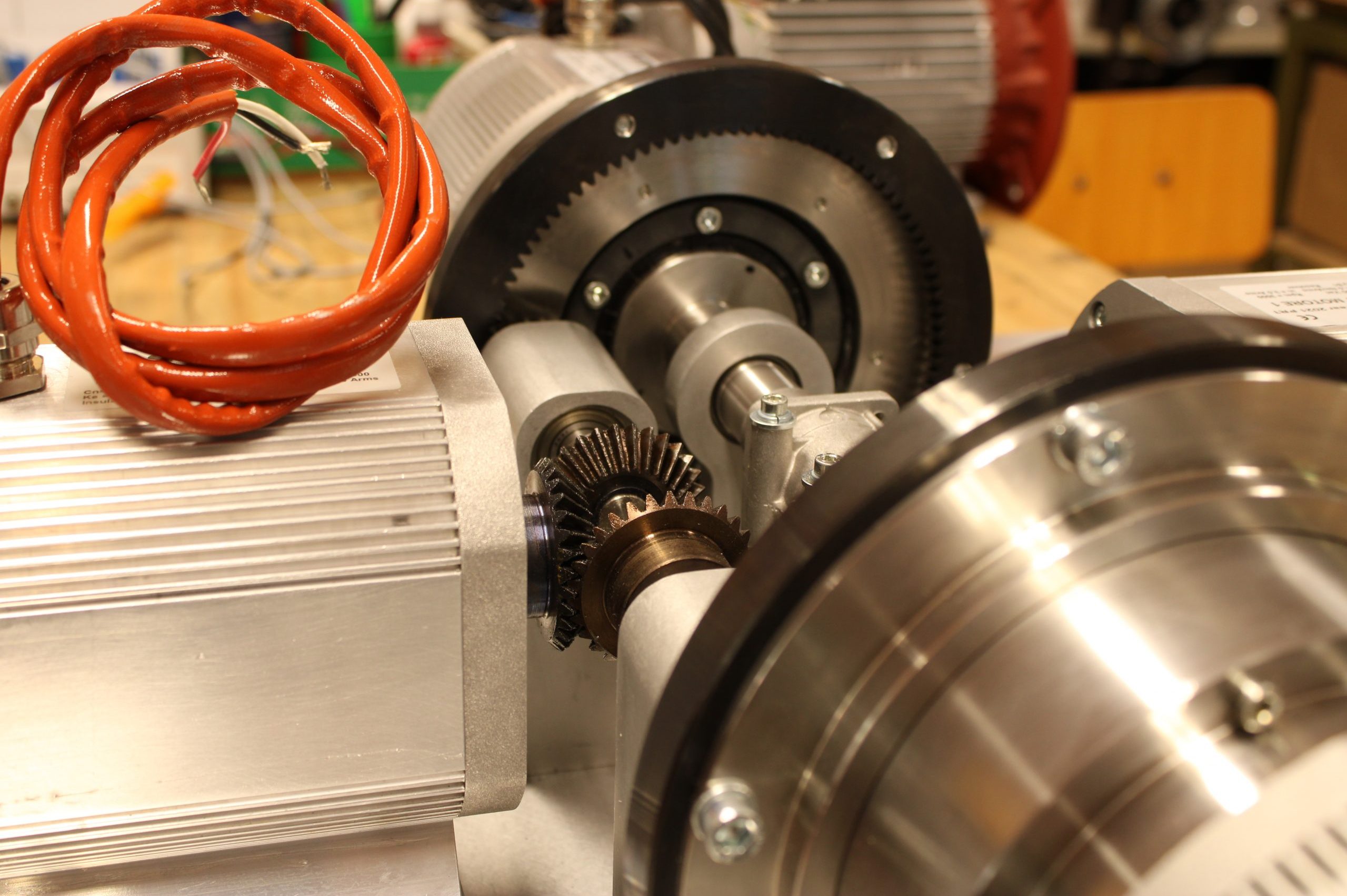
MAGNETIC GEARS
Geared devices are commonly used to match the operating speed and torque of the power source with the second mover.
Such geared devices are usually mechanical gears. As counterparts of the conventional mechanical gears, magnetic gears (MGs) are becoming promising devices, mainly due to the merits of physical isolation between moving parts, no gear lubrication, no mechanical fatigue, inherent overload protection and reduced maintenance, etc.
In collaboration with Politecnico di Torino, we have developed, patented and prototyped a differential and a magnetic gearbox based on the MGs tecnology.
MULTIPHYSICS MODELLING AND DESIGN OF PIEZO-MEMS (PIEZOELECTRIC MICROELECTROMECHANICAL SYSTEMS)
Piezo-MEMS are small-size electromechanical devices able to convert kinetic energy of mechanical vibrations into electric energy and vice versa, due to the piezoelectric effect. MEMS market is rapidly growing because of an increased demand of micro-actuators (e.g., for robotics) and energy-harvesters (e.g., for wireless-sensor networks). Predictive models make development at industrial scale easier, without time-consuming tests and field designs of experiments.
Our current interest is to develop: a) Lumped-element (mono-modal or multi-modal) analytical models suitable for the identification of electro-mechanical parameters and the design of novel piezo-MEMS layouts; b) Time domain and frequency domain 2-D and 3-D FEM models with commercial software; c) New (low-order) numerical methods able to reduce computational complexity.
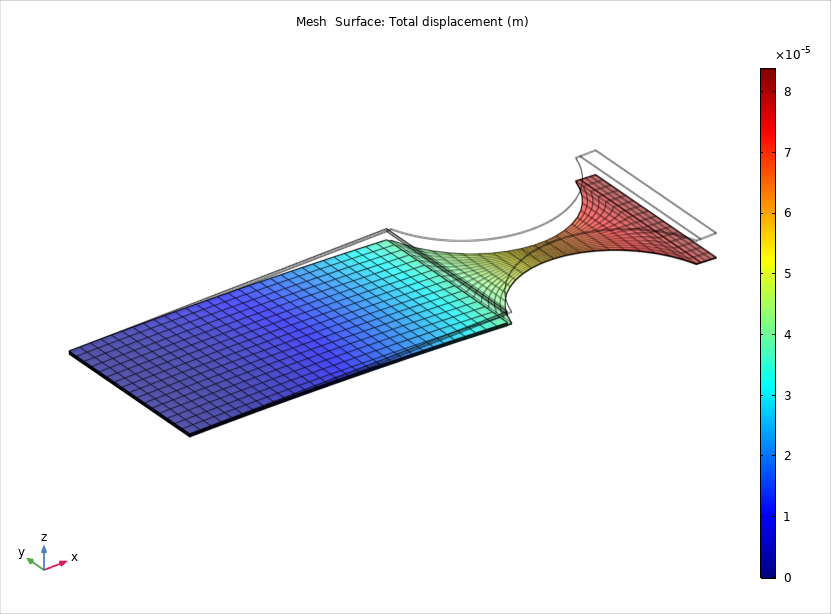
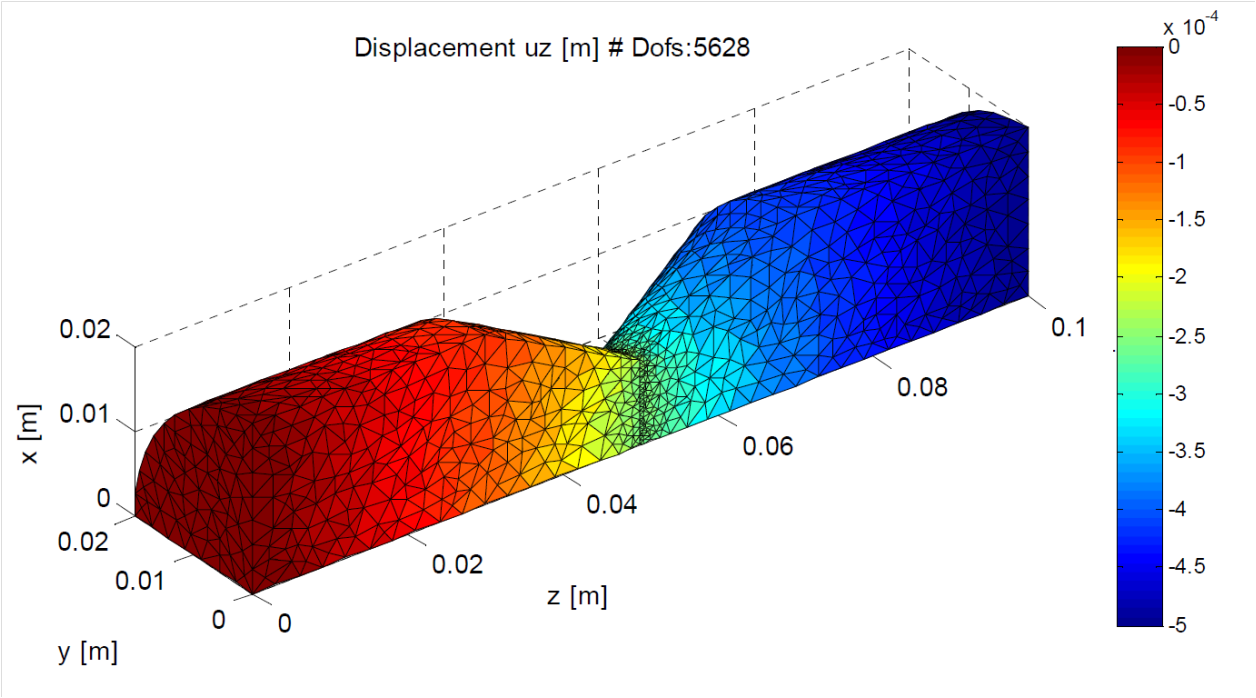
MULTIPHYSICS MODELLING OF ELECTRIC CONTACTS
Industrial applications such as power switches, micro-connectors, electric resistance welding (ERW), and metal forming are related to electrical contacts. Electrical contact problems are particularly complex to simulate because of their intrinsic multiphysics and multiscale behavior. Electrical, thermal, and mechanical coupled problems have to be considered at the same time, on different spatial scales. Analysis of multiphysics and multiscale problems is typically computationally resource demanding if commercial software is used.
Our current interest is to develop: a) Domain decomposition approaches which are able to analyze independently disconnected parts and to resolve physics on different spatial scales; b) New (low-order) numerical methods to reduce computational complexity; c) Semi-analytical methods to describe the physics behavior at the interface between contacting parts.
NUMERICAL METHODS FOR BIO-ELECTROMAGNETICS
The study of the human body exposure to electromagnetic (EM) fields is fundamental in many biomedical applications, such as magnetic resonance imaging (MRI) scanner; or when planning an oncological hyperthermia treatment driven by magnetic fields; when studying Transcranial Magnetic Stimulation (TMS) for the treatment of neurodegenerative diseases; or, when assessing the exposure to environmental EM fields. Development of for analyzing EM fields interactions with biological tissuesis presented.
In this framwork, we develop ad-hoc and computationalluy efficient numerical tools for bio-electromagentics problems, from low to high frequency, exploiting recent advantages and numerical techniques developed in comutational electromagnetics.

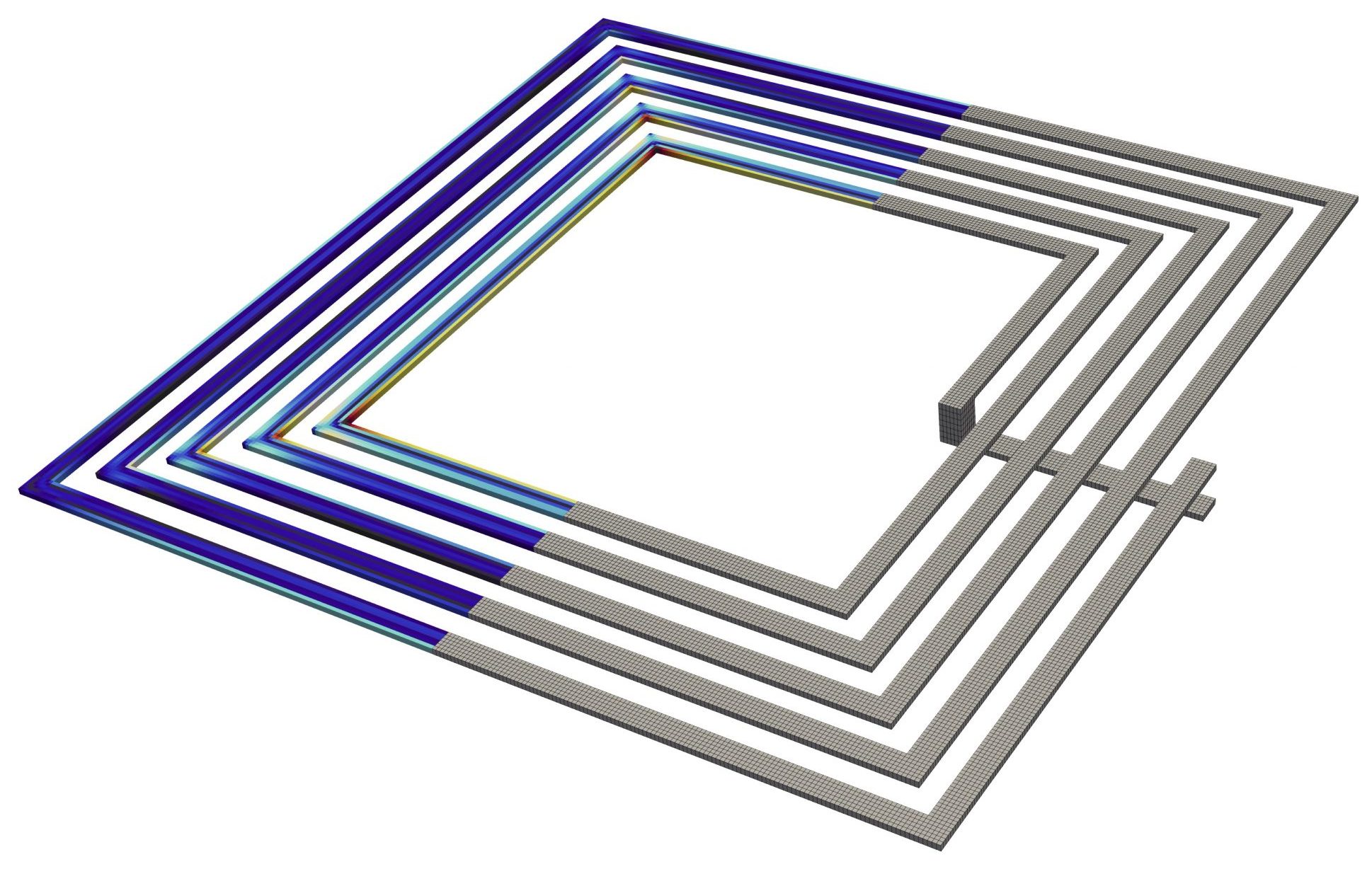
NUMERICAL METHODS FOR THE DESIGN AND OPTIMIZATION OF LOW AND HIGH FREQUENCY EM DEVICES
The need of reducing the weight, size, and cost of electric and electronic devices has been a constant trend over the years. For this purpose, the switching frequency has always been increasing, in order to reduce the passive components’ dimensions, and therefore, the weight, size, and cost of the overall system. Thus, more and more sophisticated and dense electric systems are being and will be adopted causing increasing electromagnetic compatibility problems which may jeopardize the functionality of safety-related systems and the security of data due to both unintentional or malicious interference. This in turn increases the need for numerical simulations, required during the design stage of new components and other steps of the process, e.g. pre-certification.
In this general context, we develop new numerical tools with the aim of addressing the main shortcomings of the existing commercial software and numerical tools for this class of problems.
DIGITAL TWINS OF ELECTRIC VEHICLE TRACTION SYSTEMS
Digital twins, also known as computational mega-models, device shadows, mirror systems, avatars or synchronized virtual prototypes, can be defined as data-, knowledge- and simulation-based virtual representations of physical assets, to be used for real time predictions, virtual measurements, optimization, monitoring, control, and improved decision making.
They are virtual representation of physical assets enabled through data and simulators, for real time prediction, optimization, control, and decision making
improvements.
We develp tools able to generate Digitral Twins of electric motors which can be used for, e.g., the estimation of the driving torque and the internal rotor temperature to improve cooling control and the overall motor performances.
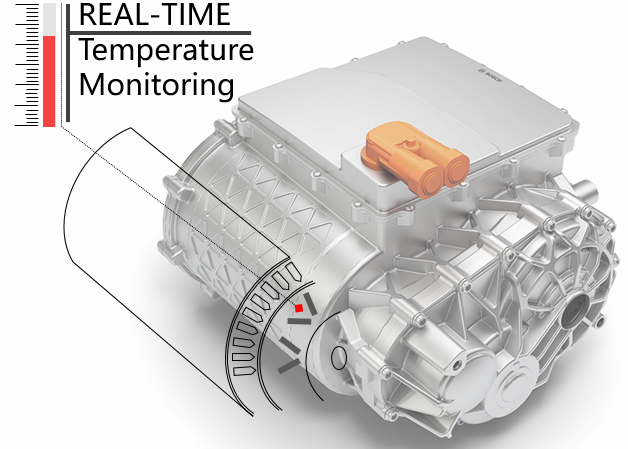
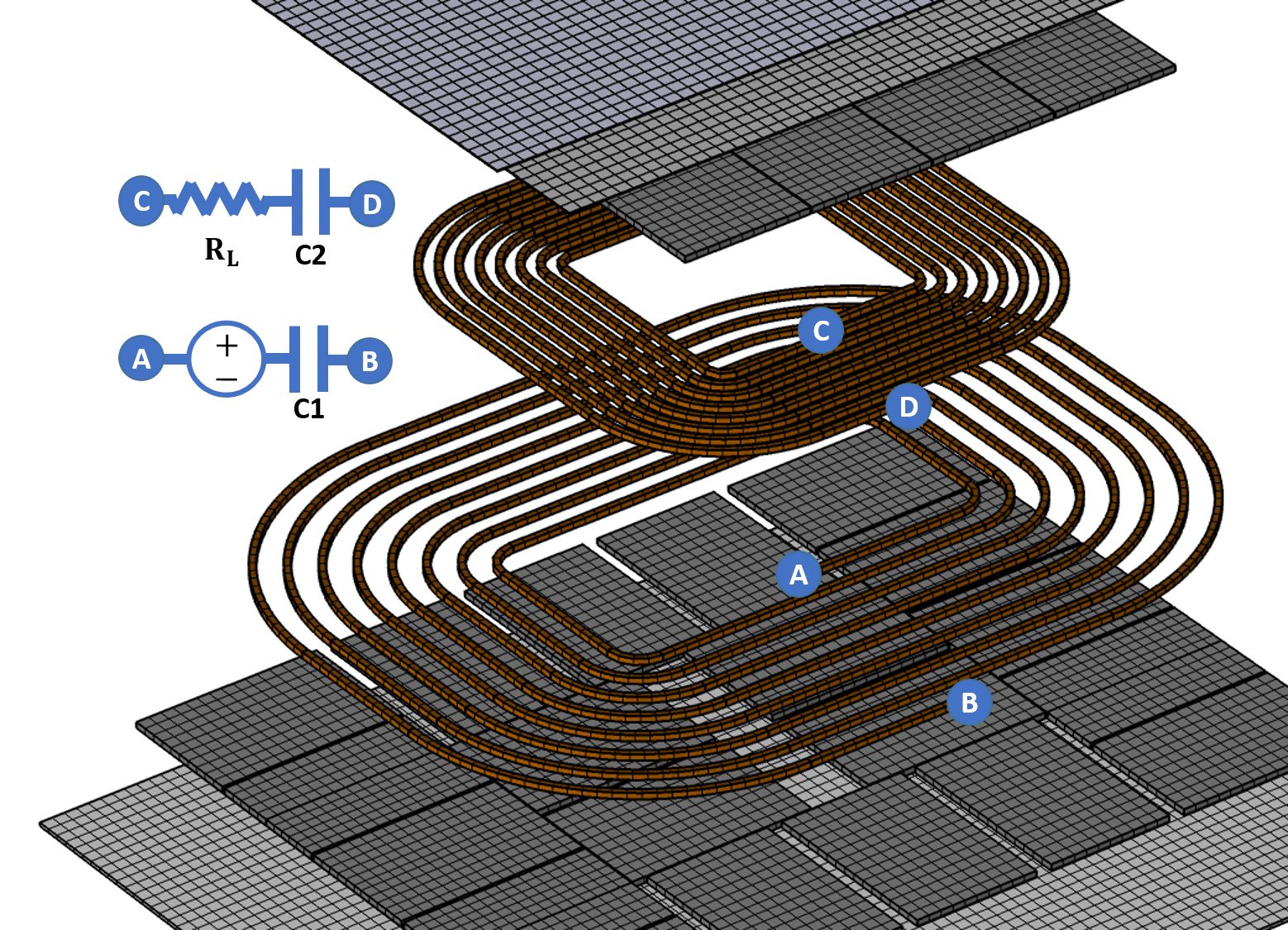
WIRELESS POWER TRANSFER
After about two decades of growing research interest in wireless charging systems for electric vehicles (EVs), the technology of recharging by means of resonant coupled inductors, commonly referred to as wireless power transmission (WPT), is capturing the interest of the automotive industry.
Indeed, various companies are developing their own products for the static charging, i.e. the charging taking place when the vehicle is not moving and the misalignment is constrained within a defined limit.
In this context, we design and analize this kind of devices for specific requirements and enviromental contdition, with outcomes both in the scietific literature and in the area of technology transfer.
